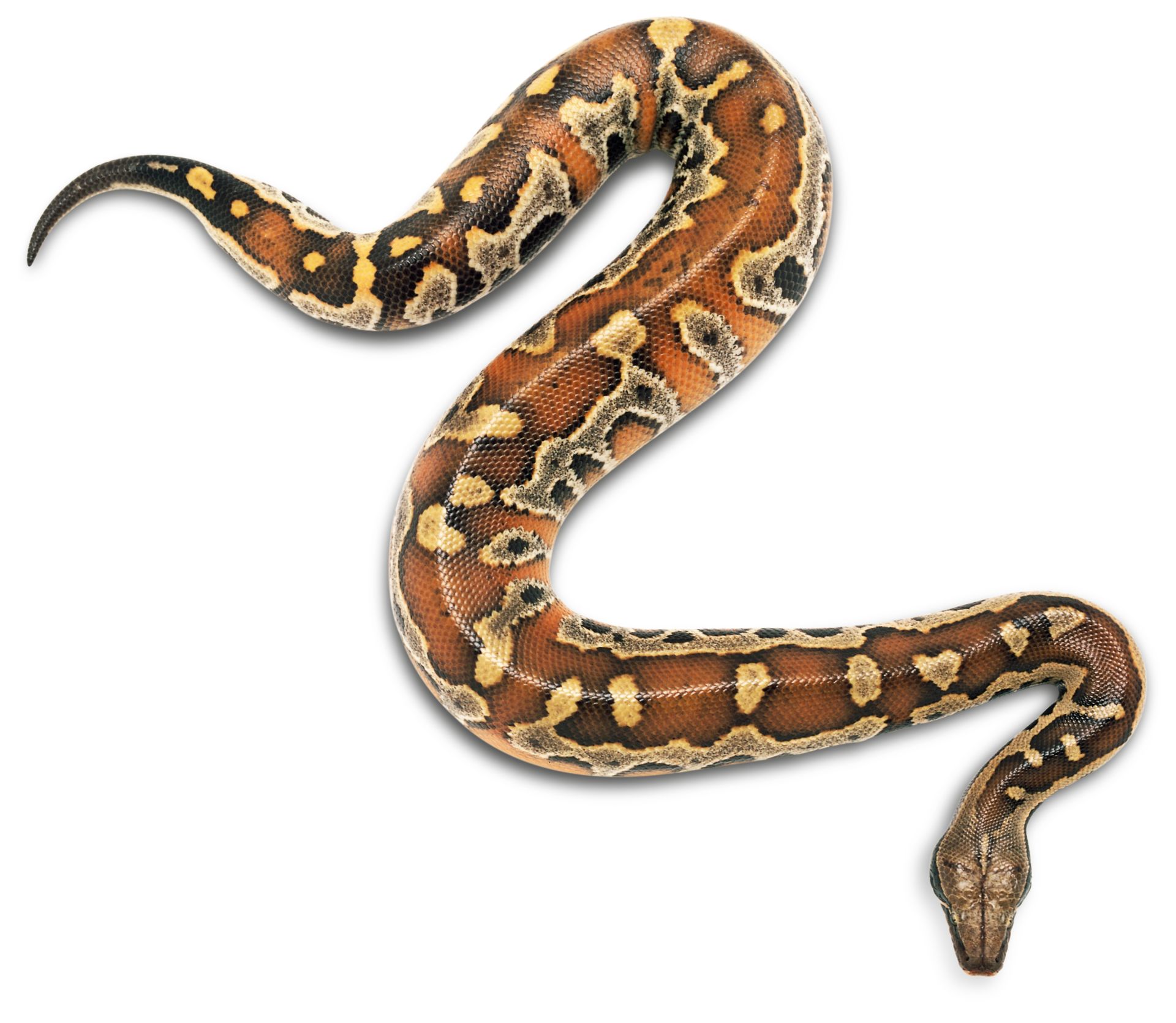Snakes in this period are said to be "in the blue" because one sign of impending shedding is a bluish tint developing in their eyes. this eye change also hinders their vision, so snakes may seem more nervous before shedding.. Snakes shed their skin to allow for further growth and to remove parasites that may have attached to their old skin. as a snake grows, its skin becomes stretched. unlike human skin , a snake 's skin doesn't grow as the animal grows.. Snakes will rub against rough surfaces to shed their skin. a shed skin is much longer than the snake that shed it, as the skin covers the top and bottom of each scale. if the skin is shed intact, each scale is unwrapped on the top and bottom side of the scale which almost doubles the length of the shed skin. while a snake is in the process of.
Learn the signs your snake is about to shed. you want to start preparing for the shedding process before it even begins. to do so, you'll have to keep an eye on your snake and watch for the signs that it is about to shed.. The second reason why snakes shed their skin is to preserve their health. poor living conditions (lack of humidity, lack of vegetation, excess heat, and so on) as well as an inadequate food source can lead to skin damage and parasites.. Moulting can involve shedding the epidermis (skin), pelage (hair, feathers, fur, wool), or other external layer. in some groups, other body parts may be shed, for example, wings in some insects or the entire exoskeleton in arthropods.

No comments:
Post a Comment